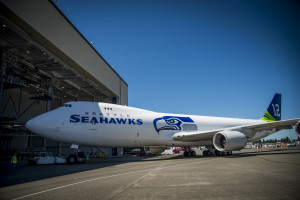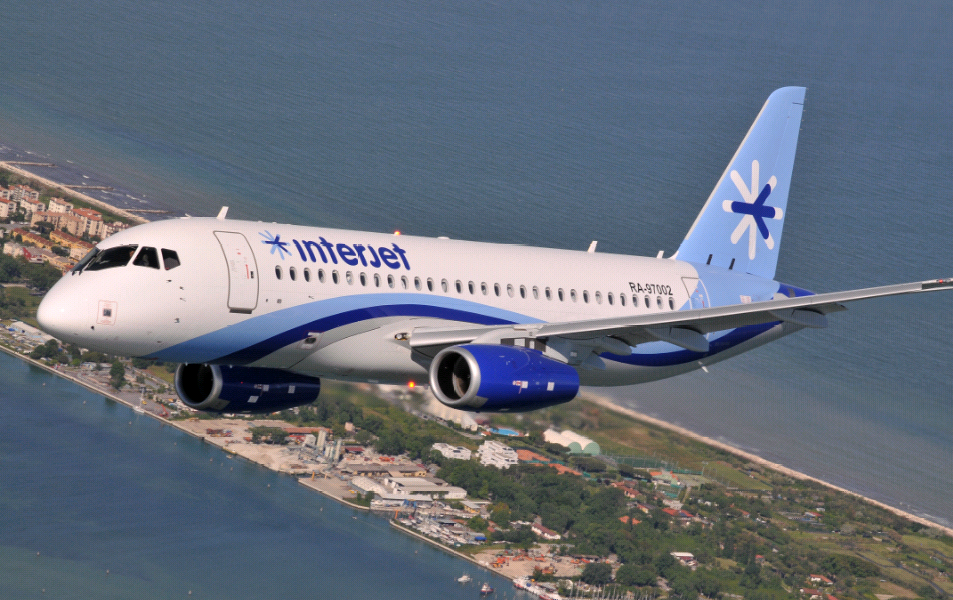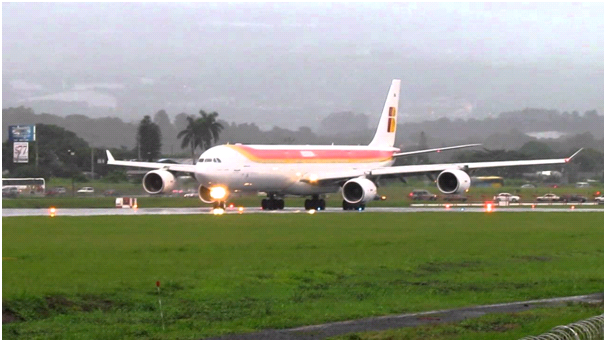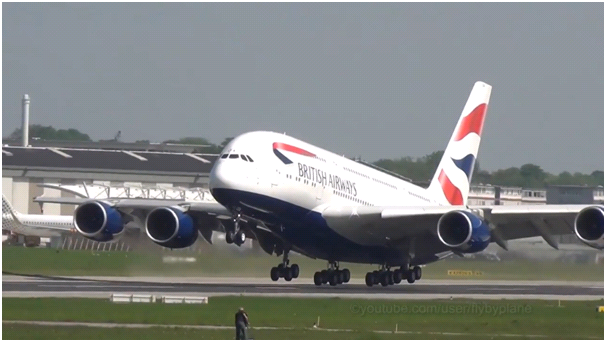Leeham News and Analysis
There's more to real news than a news release.
Minuscule demand for Boeing 747-8F
- See Scott Hamilton’s new column for Forbes on-line, It’s time for hard questions for Boeing.
Subscription Required
Introduction

One of Boeing’s white tail 747-8Fs. This, and another that has been stored, was painted in the livery of the Seattle Seahawks. Boeing photo.
Jan. 25, 2016, © Leeham Co. Boeing’s decision to cut the production rate on the 747-8 is not a surprise. It’s only a surprise that it took officials so long to do so.
The company continues to cling to the hope of a recovery in the global air cargo market to sustain the program. This is unlikely, however.
The business case for the 747-8F is minuscule.
Summary
- The metrics of the global freight market have simply changed too much.
- Load factors for freight remain stuck below 45%.
- Yields continue to be low.
- Shifting trends from main deck freighters to using lower deck space on the big passenger airlines continues to grow.
- Low fuel prices, temporary though they may be, diminish the new for new 747-8Fs.
- Low capital cost 747-400 Passenger models stored in the desert or soon to be exiting the world’s fleet, along with stored 747-400Fs, provide ample opportunity for cheap freighters.
Boeing cuts 747-8 production rate, takes charge
 Jan. 21, 2016, (c) Leeham Co. Boeing today announced it will cut the production rate of the 747-8 from the current 1.3/mo and the previously announced 1/mo to 0.5/mo, effective in September.
Jan. 21, 2016, (c) Leeham Co. Boeing today announced it will cut the production rate of the 747-8 from the current 1.3/mo and the previously announced 1/mo to 0.5/mo, effective in September.
The previously announced rate reduction is effective in March.
Boeing took an $885m pre-tax charge ($569m after tax). the company had warned in SEC filings a forward loss could happen if the commercial markets didn’t pick up. Today Boeing said the global air cargo market hasn’t picked up, and in fact has reversed itself, falling off. Boeing was counting on the air cargo recovery to fuel a resurgence in the ailing 747-8 program.
Even at the reduced rate of one-half airplanes a month isn’t going to solve Boeing’s problem.
Analysis: Sukhoi’s regional jet SSJ100, Part 2
By Bjorn Fehrm
Subscription required
Introduction
21 January 2016, ©. Leeham Co: The first part of our analysis, published Monday, looked at Russia’s first effort to design and aircraft to penetrate the Western airplane market, Sukhoi Superjet (SSJ100). We concluded that the SSJ100 regional airliner was a good effort.
The aircraft was essentially a Russian airframe with Franco-Russian engines, Western systems and Western avionics. For aircraft that are delivered to Western airlines, it also has an Italian-designed/produced interior.
The aircraft has been in successful deployment with Interjet of Mexico and has now been ordered by CityJet of Dublin. After having looked at base characteristics of the aircraft/engine and also analysed the fuel consumption, we now continue with developing the Cash and Direct Operating Costs of the SSJ100. We compare it with the market leader in the 100 seats regional market, Embraer’s E190.
Summary:
- The SSJ100 is competitive on fuel costs compared to the E190.
- Maintenance costs for SSJ100 is still hard to predict as there is still too limited operational experience.
- Capital costs are lower for the SSJ100. This means that Direct Operating Costs, DOC, are attractive for the SSJ100.
IAG is looking at leasing used A380s
By Bjorn Fehrm
18 January 2016, ©. Leeham Co in Dublin: Willie Walsh, the CEO of IAG (which is the holding of Brittish Airways, IBERIA, Vueling and Air Lingus) spoke at the Growth Frontiers 2016 conference in Dublin about how the new IAG has become more agile in following market changes to opportunistically increase its operational efficiency.
Walsh gave the example of IAG’s aircraft fleets where he announced that it is looking to lease five to six used Airbus A380s in addition to the ones that British Airways (BA) already have on order. These could be aircraft for BA only use but also for a joint BA and IBERIA operation.
Pontifications: A sea change at Boeing
Jan. 18, 2016, © Leeham Co. The surprise announcement last week of a tentative contract agreement between Boeing and its engineers union, SPEEA, was the best news coming out of the company that I’ve heard in years.
Analysis: Sukhoi’s regional jet Superjet 100
By Bjorn Fehrm
Subscription required
Introduction
18 January 2016, © Leeham Co: Russian aircraft have never succeeded in penetrating the Western market. But then they never really tried, until now. They were designed for the Soviet Union captive market, including the partner states that historically participated in or were friendly to the communistic system. One comes to think of China, Egypt, Libya, Cuba and Nicaragua. The Sukhoi Civil Aircraft Company (SCAC) Superjet 100 (SSJ100) is the first Russian aircraft specifically designed from the outset to compete on a world market.
The Sukhoi Civil Aircraft Company (SCAC) Superjet 100 (SSJ100) is the first Russian aircraft specifically designed from the outset to compete on a world market.
We analyse its basic design and performance in comparison to the market leader in 100 seat regional flying, Embraer’s E190.
Summary:
- The SSJ100 is a half a generation younger design than the Embraer E190. It has modern aerodynamics, IMA-based modular avionics and an advanced Fly-By-Wire system.
- The feedback-based Fly-By-Wire enables a tight aircraft design with low wetted areas.
- The SSJ100 engines, SaM146, can best be described as a shrinked and cleaned up CFM56. They have the efficiency level of the E190’s CF34-10E.
- The aerodynamics and engines combine to give the SSJ100 a single digit edge in fuel burn over the E190.
Bjorn’s Corner: What did we learn in 2015; engines
15 January 2016, ©. Leeham Co: Last week we looked back on what happened in 2015 on the airframe front. We finish the retrospective by looking at what turbofan engine technology came to market in 2015. New engine technology is vital, as it is on the engine side that the quest for higher fuel efficiency has the largest successes.
While advances on the airframe side might bring an additional 5% per generation, the engines typically increase their efficiency per new generation with up to three times that value. Fuel efficiency per delivered thrust unit was improved with a whopping 15% over the engine it replaces for the Pratt & Whitney Geared Turbofan (PW GTF). It was certified for use on the Airbus A320neo in Q4 2015
The competing CFM LEAP-1A shall deliver the same improvement level to the A320neo once it is certified in the summer of this year. This engine has a smaller sister that started ground tests last year, the LEAP-1B, which is developed for the Boeing 737 MAX series.
The engine that is easily forgotten is the Rolls Royce Trent XWB. It entered service on the Airbus A350-900 during the year. It brings an improvement level of around 10% compared to the engines of the aircraft that the A350 replaces (Airbus A340/A330ceo and Boeing’s 777-200 range).






